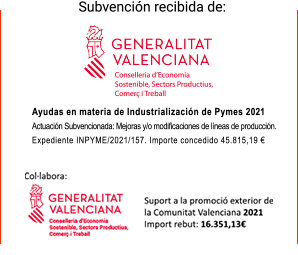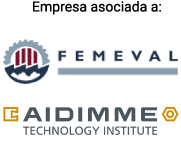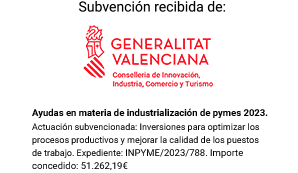El lijado de superficies planas barnizadas es una operación habitual en la industria de la madera, los tableros y la...
}Solid compounds, liquid emulsions and brighteners are crucial for the industry and the professional to remove defects, scratches, overspray and wear marks.
Polishing pastes, or liquid abrasive compounds, have a very wide field of application, and are used in various technical and industrial sectors: aeronautics, automobiles, jewelry, watches, household items, furniture, sanitary ...
These emulsions intervene in the different phases of the surface preparation, polishing, finishing and superfinishing process; eliminating sanding marks and covering all aspects of industrial polishing.
They are very versatile and are used on a wide variety of materials:
aluminum, zamak, tin, titanium, copper, brass (non-ferrous metals)
stainless steel, chrome (ferrous metals)
gold, silver, platinum (precious metals)
and other materials such as glass, plastic, composites, resin, lacquer and varnished wood.
The polishing process involves pre-sanding operations to level the clearcoat to the base of the deepest scratch or defect, leaving a prepared, flat, and reflective surface.
1. Dynabrade polishing pastes
Some polishing compounds contain fillers and waxes that cover scratches and create a glossy finish; however, after several washes and uses, they disappear, revealing the initial scratches again.
This does not happen with Dynabrade liquid compounds because they contain a high purity abrasive powder, and they do not contain waxes, silicones or toxic agents that prevent a durable finish.
The high purity of these compounds allows the abrasive dust grains to gradually break down during the polishing process into ultrafine abrasive particles that leave the surface completely flat, smooth and highly reflective.
These abrasive pastes use a high purity white aluminum oxide powder that provides high performance. They allow the removal of defects and scratches in a single step, improving the finish of the final surface when other compounds require a minimum of two or more steps.
Dynabrade polishing compounds are formulated water-based, and prevent swirl marks from being visible, as well as holograms when used with random orbital motion polishers.
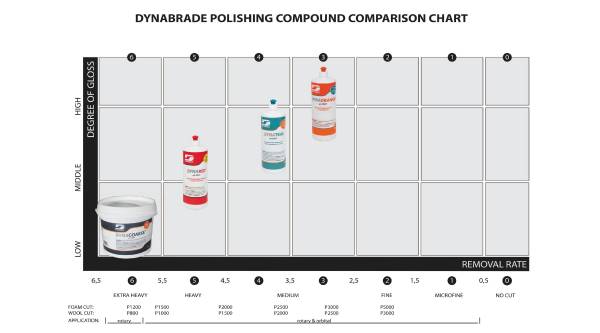
2. Types of Dynabrade polishing pastes
The Dynabrade polishing system is made up of a range of four compounds depending on the finish we want to achieve:
For an extra coarse finish and fast removal of deep scratches from P800-P1000 grains: DYNACOARSE
For a rough finish, but less aggressive and capable of removing grain streaks P1200-1500: DYNACOARSE-II
Dynacoarse and Dynacoarse II facilitate rapid removal of deep scratches in gelcoat, paints, plastics, etc ... They are ideal for application with rotary polishers and wool pads.
For a rough polish with finish, capable of removing streaks from P1500-P2000 and finer on clear coats, paints, gelcoats, lacquers and solid surfaces leaving a shiny finish: DYNARED
Dynared is a next-generation polishing compound that possesses unmatched shear and shine capabilities. It is ideal for all types of paint, including scratch- resistant and UV-cured paint.
It is ideal for application with rotary and random orbital polishers to remove scratches and glossy finishes without changing the foam/pad.
For a fine finish with an aggressive cut that can flatten the smooth orange peel effect: DYNATEAL
Dynateal removes medium defects such as swirl marks, water spots and sanding marks. It can be used to prepare the car body for subsequent high gloss surface finish application.
For a very fine, high-gloss, hologram-free finish: DYNAORANGE
Dynateal is an ideal polish to achieve a very fine level of finish in the second pass, combined with more aggressive compounds. Leaves a high-gloss, hologram-free surface finish on all types of automotive clearcoats.
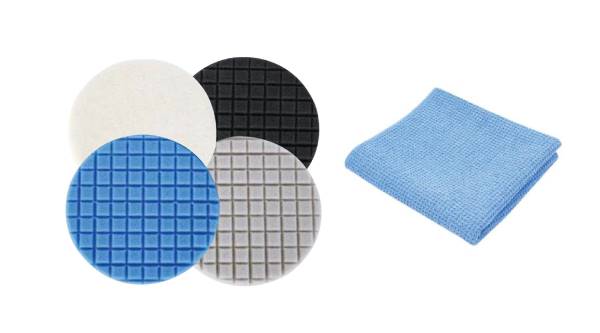
3. Polishing foams
Along with abrasive pastes, polishing sponges are another variable to consider during polishing applications.
Dynabrade polishing sponges are made from high-performance foams in different densities. They have a strong and heat-resistant cellular structure for long service life. The diameter of the sponge is oversized to prevent the backing plate from touching the surface during use. In the same way, and to prevent the liquid compound from being thrown and splashing during its application, the surface of the sponge has cuts or grooves that give it a pineapple appearance.
These sponges have a radial edge to prevent the edge from scratching the surface.
The density of the foam is indicated by the color of the sponge:
Low density: soft behavior, black foam.
Medium-density: more aggressive behavior, blue foam.
Hard density: more aggressive behavior than blue, but less than microfiber foam, gray foam.
Microfiber foam: the most aggressive of all, white.
4. Cleaning cloths
Cleaning the polished surface is the final step in the process and must be done with the specific cloth for this job. Microfiber cloths facilitate quick and complete removal of paste and polish residue after polishing.
These cloths do not contain silicone and have excellent absorbency and quick drying. In addition, they do not have stitched edges to avoid scratches on the surface.
At Abracom, we are distributors of Dynabrade brand sanding and polishing systems; and we have the abrasive pastes and the necessary accessories for the technical polishing of surfaces.
We offer our customers a comprehensive solution: abrasive discs for sanding and smoothing the surface, through the necessary sanders and polishers, as well as abrasive pastes and accessories suitable for manual machine polishing work.





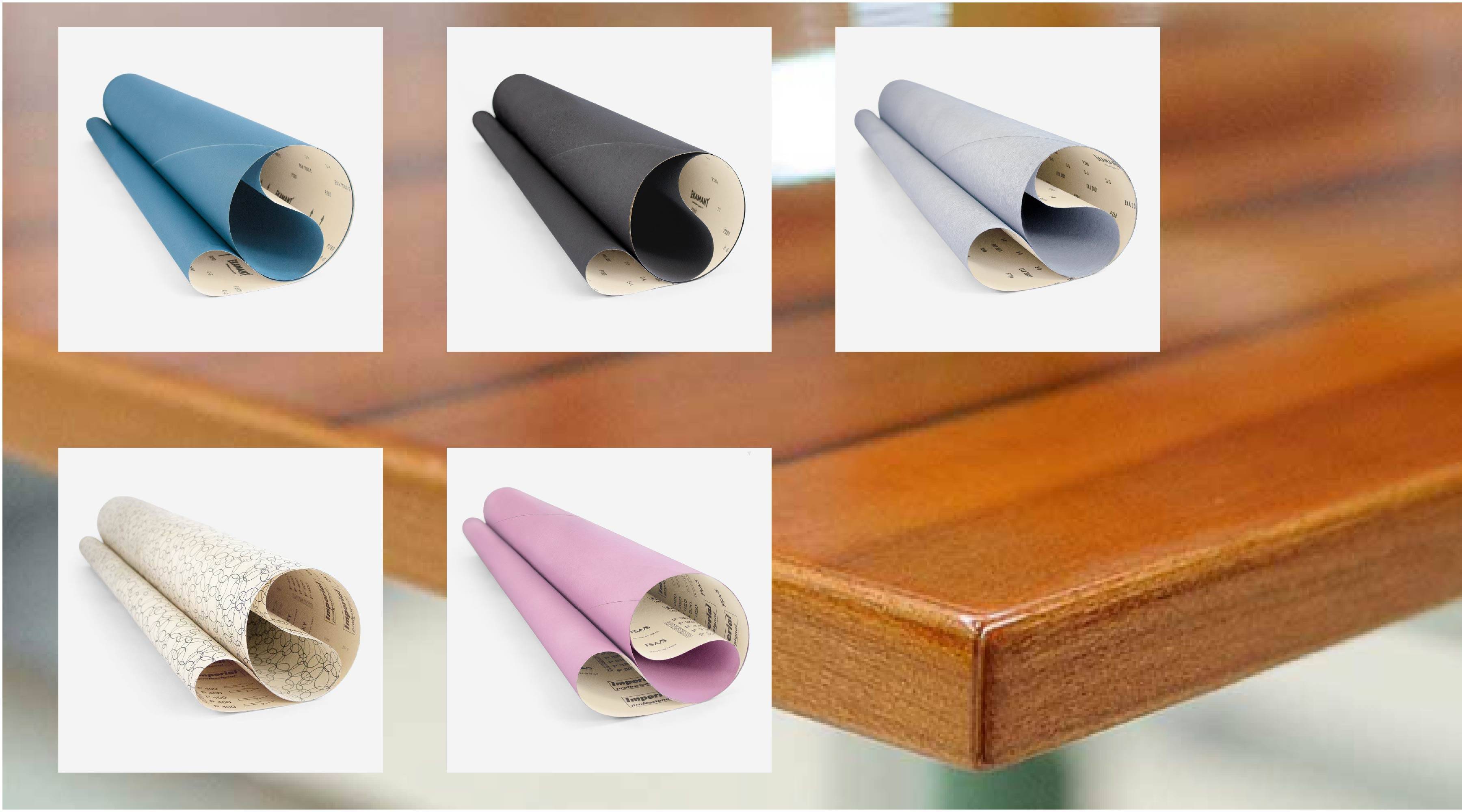
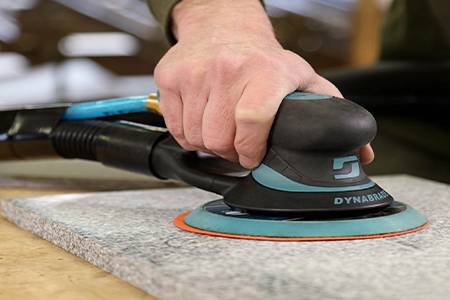
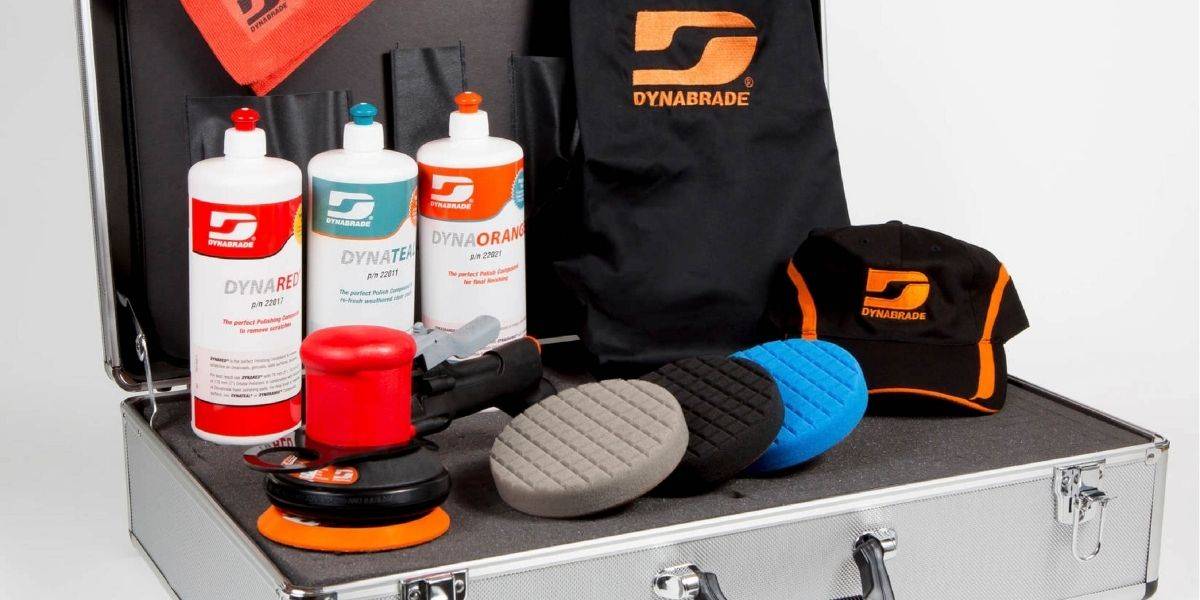

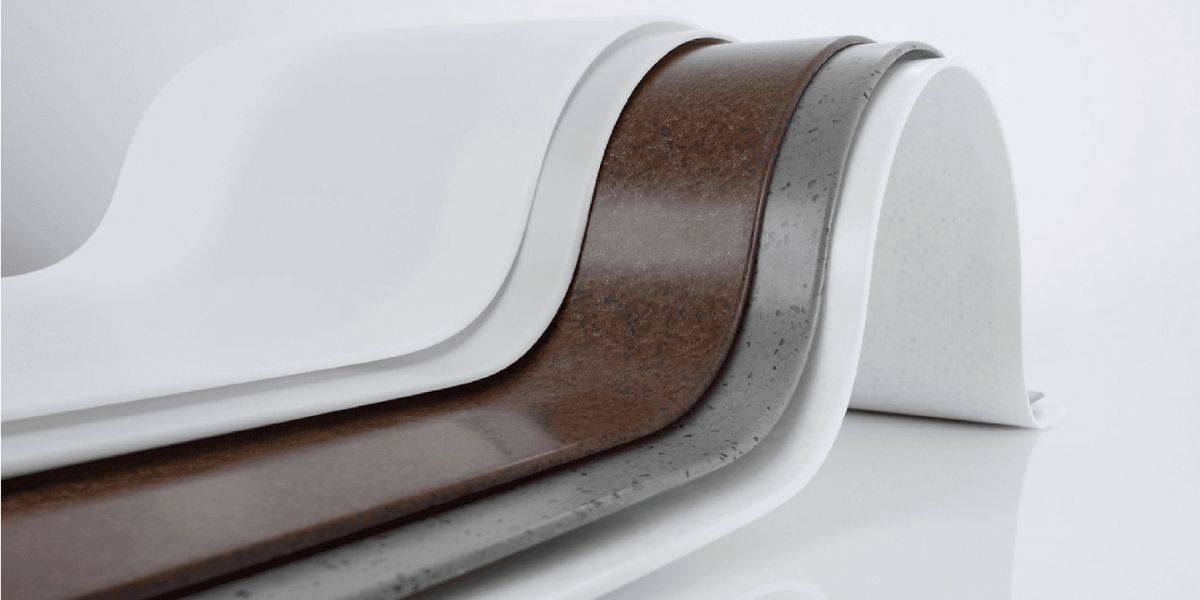
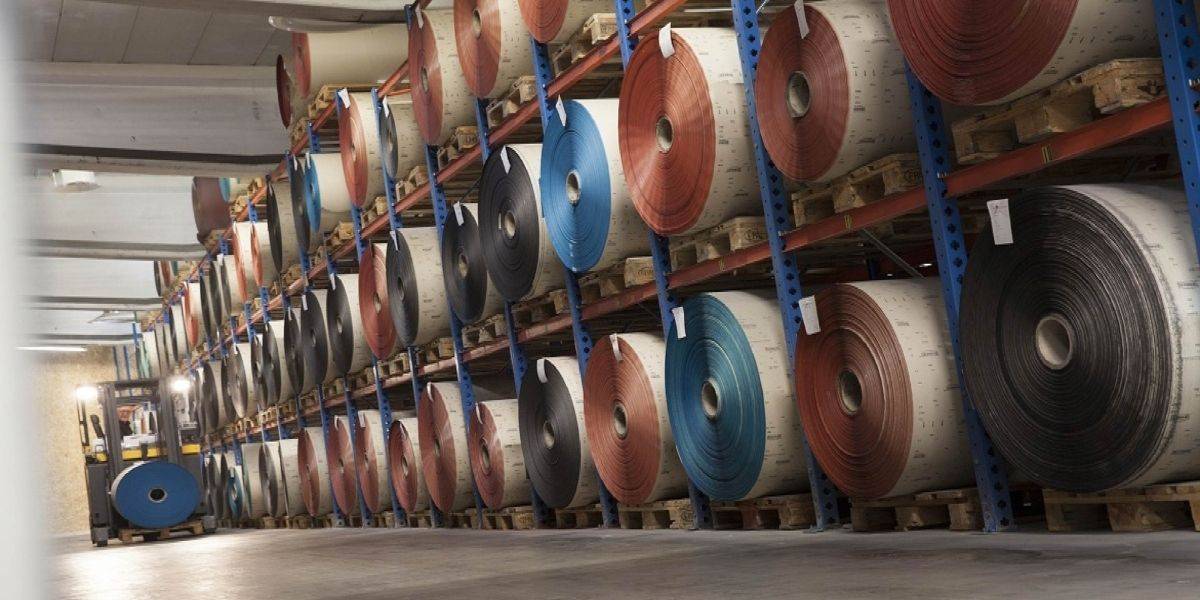
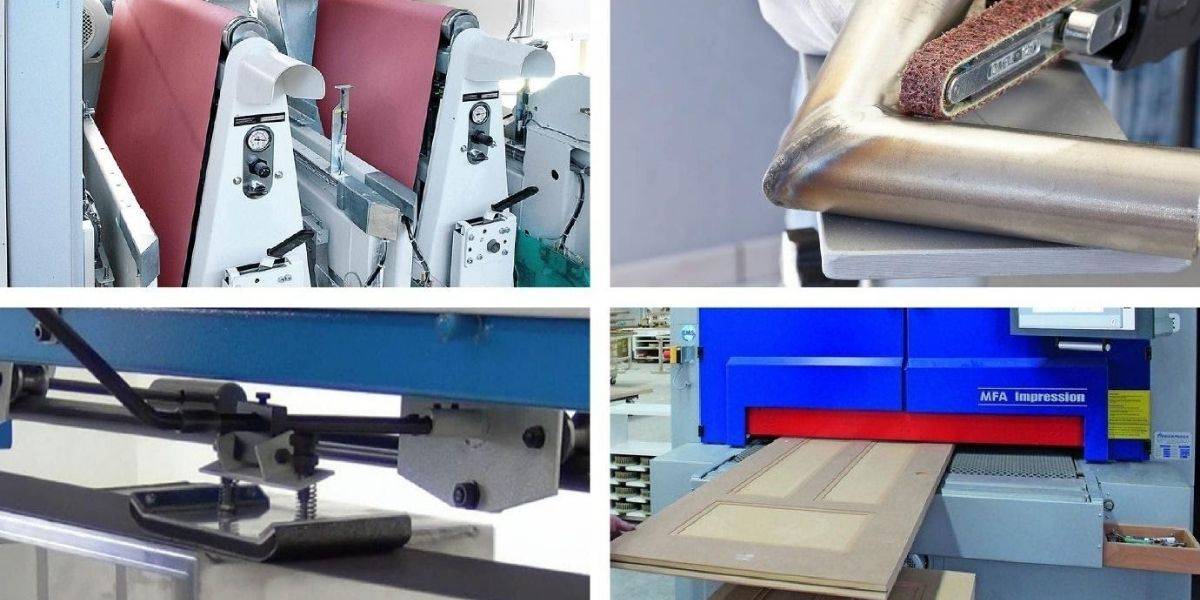
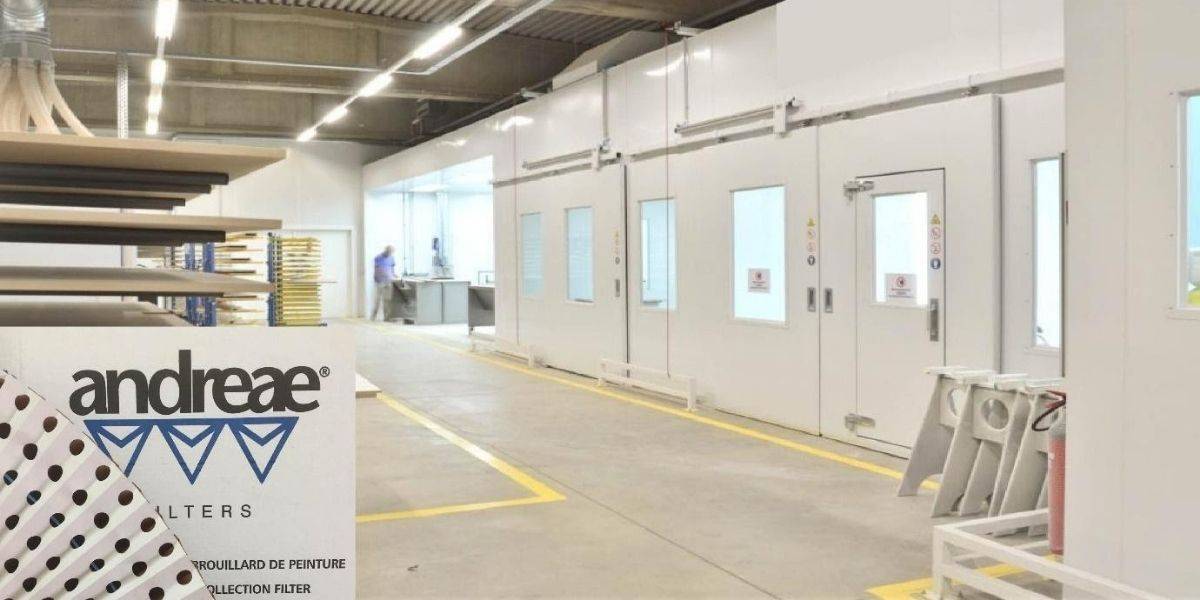
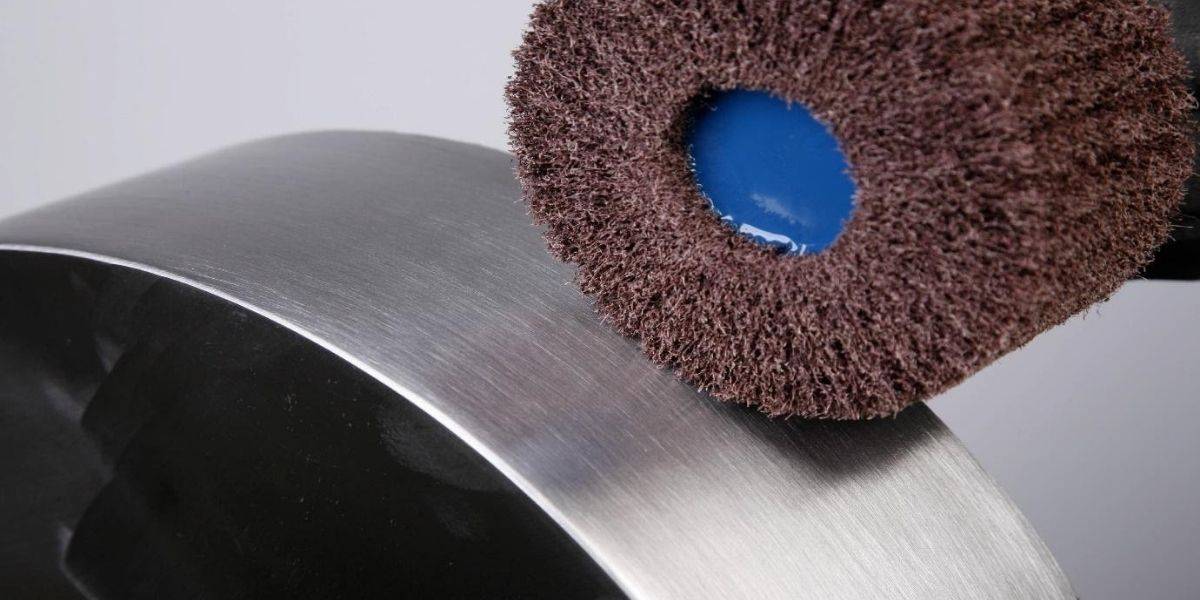
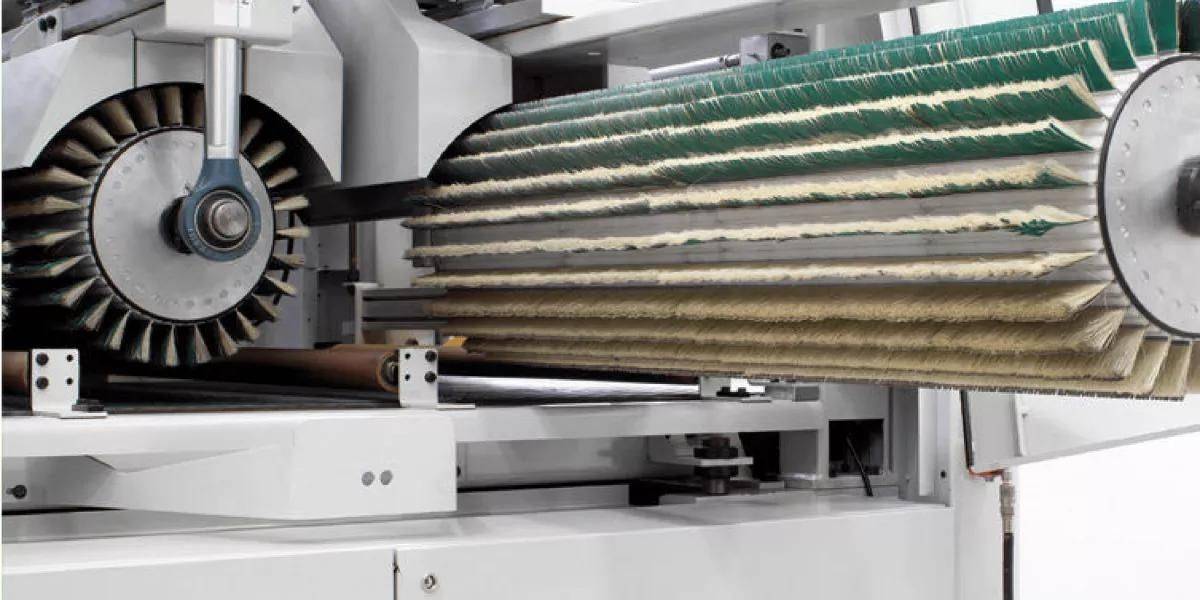
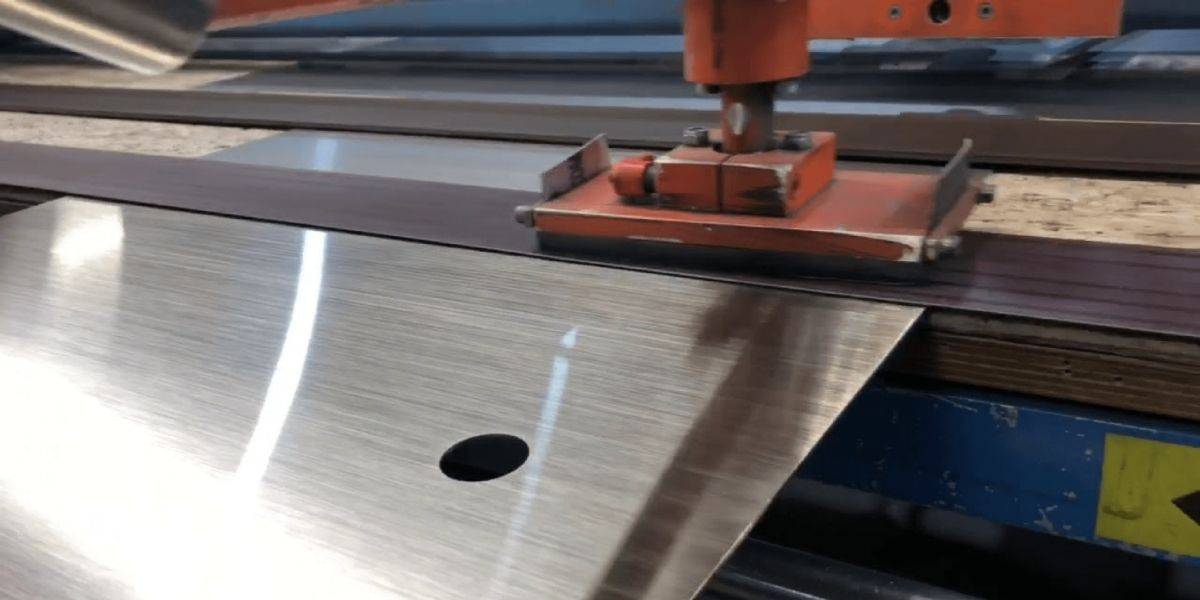
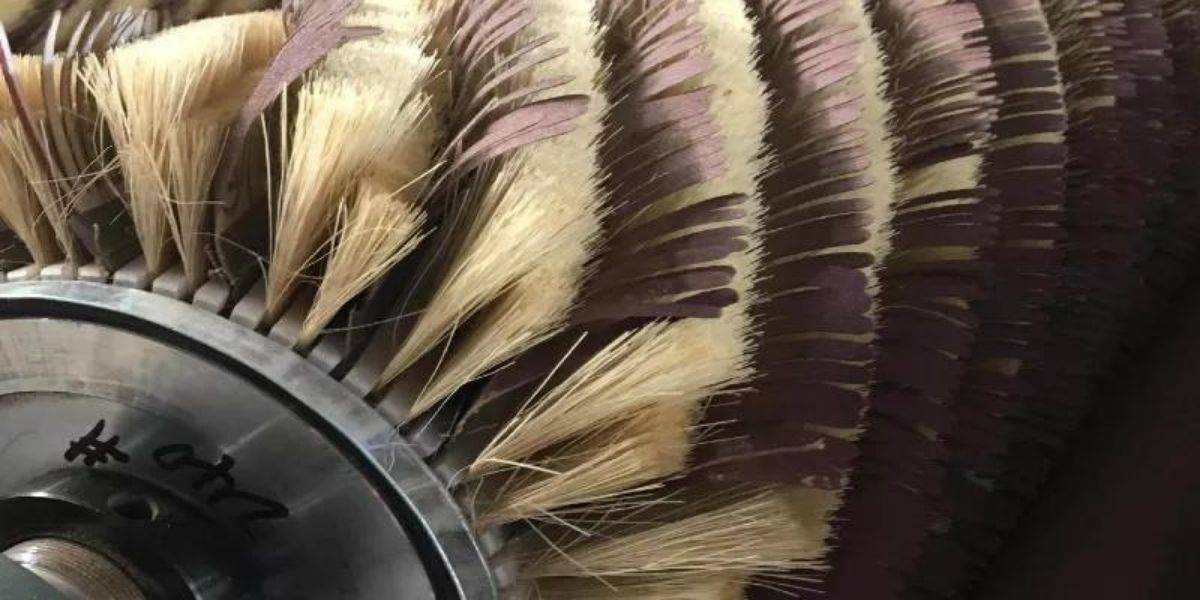
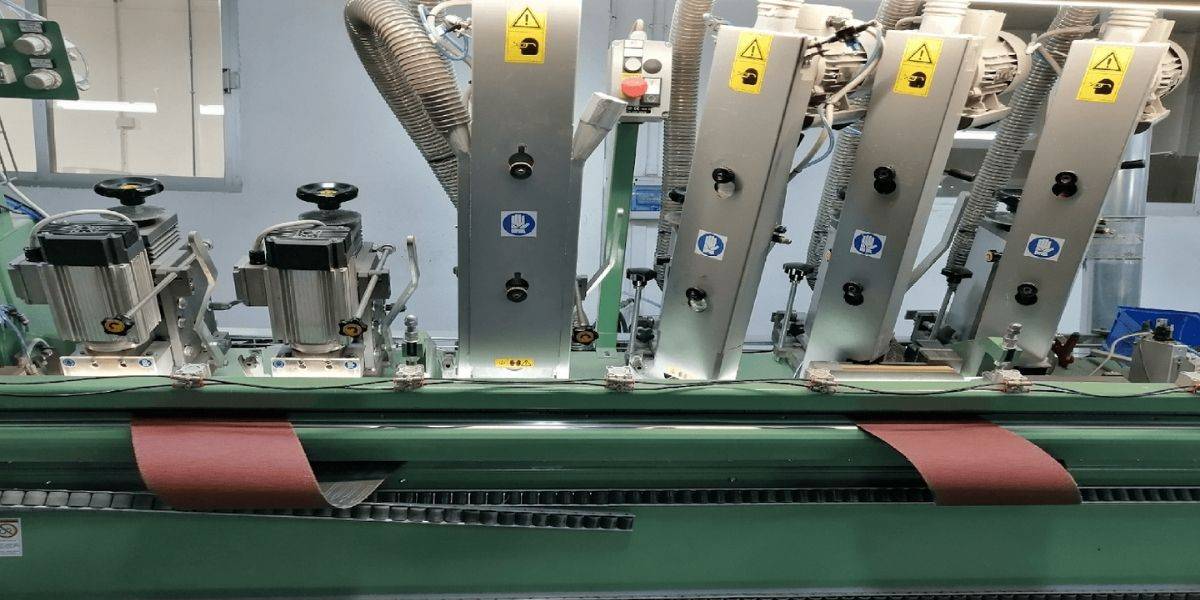
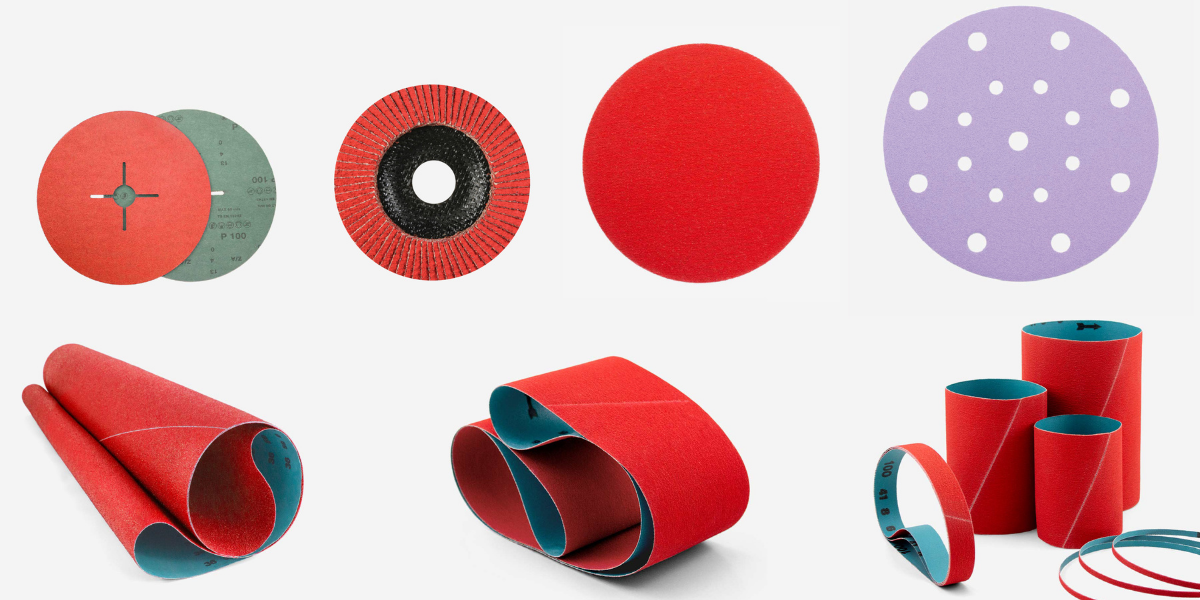
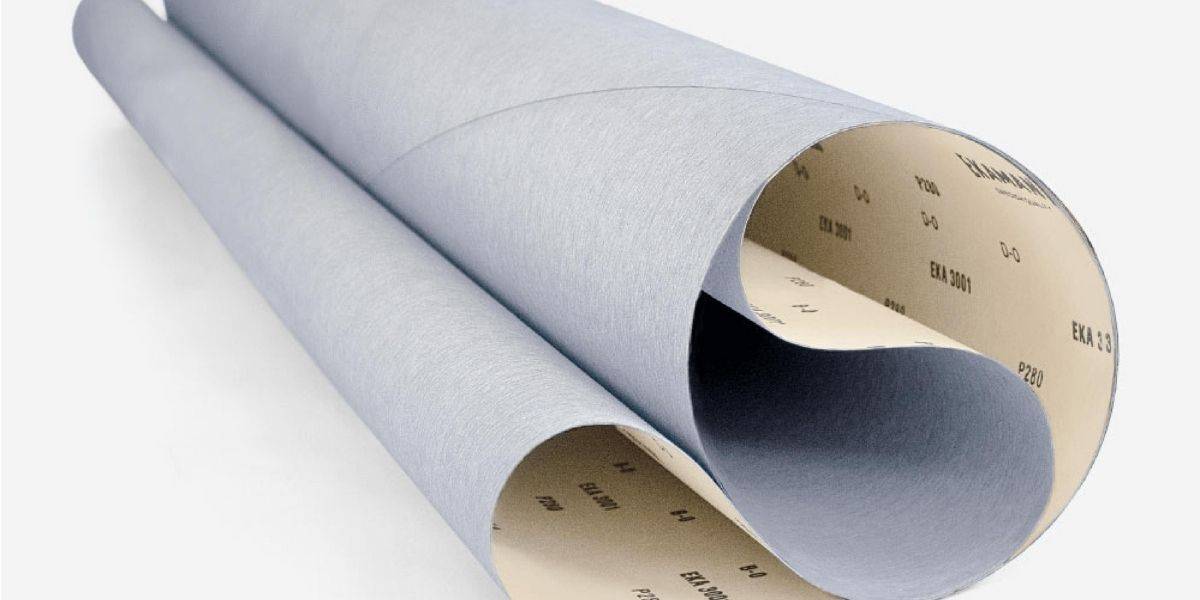
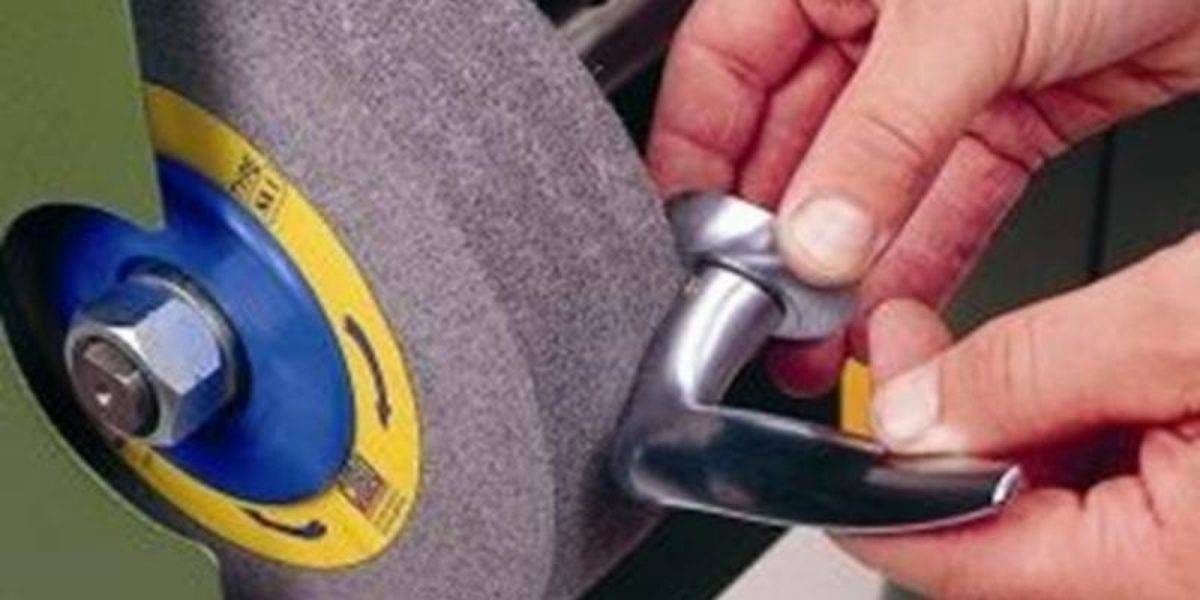
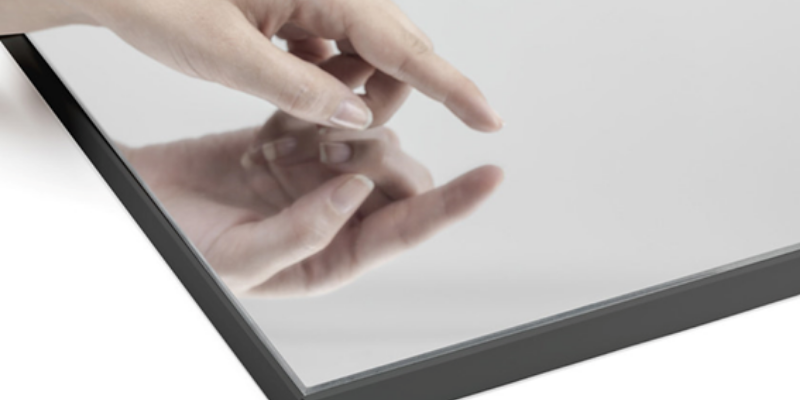
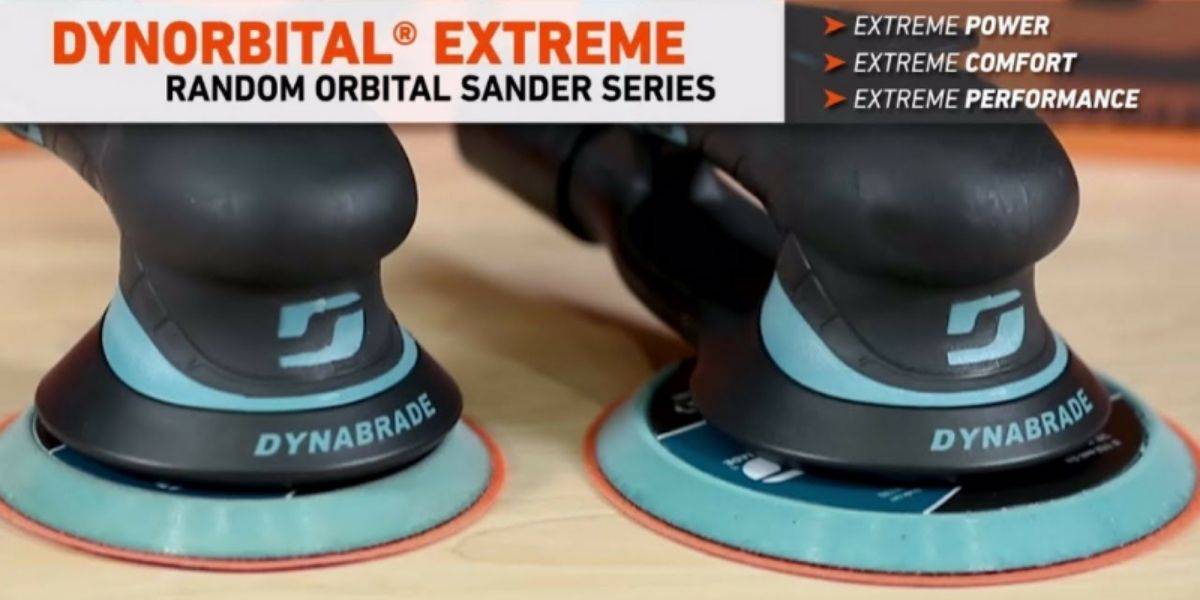
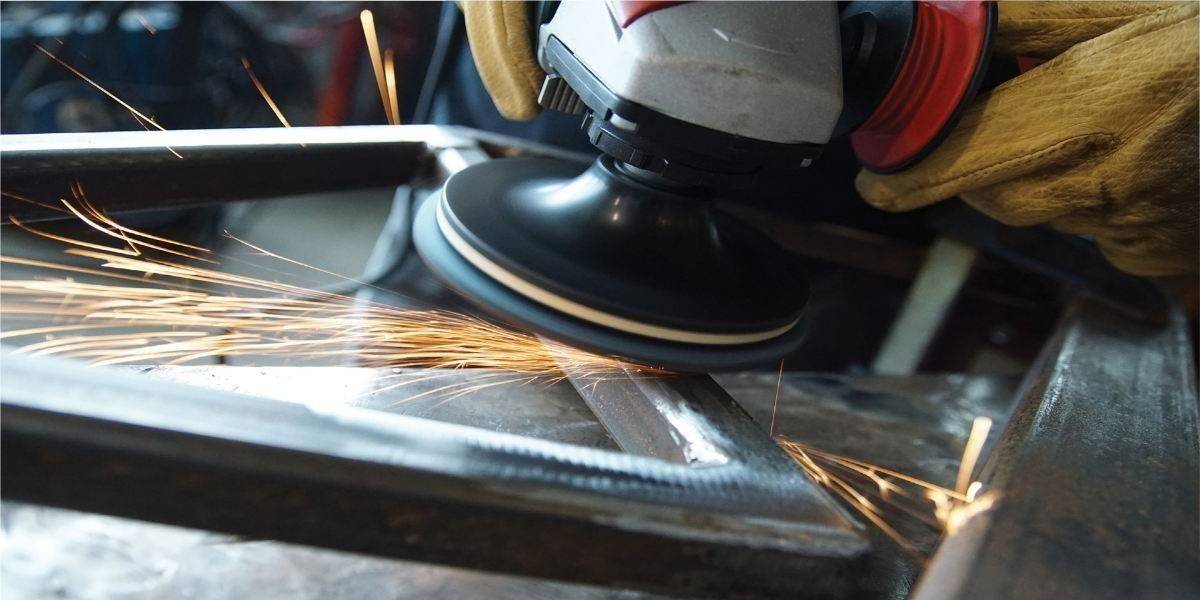
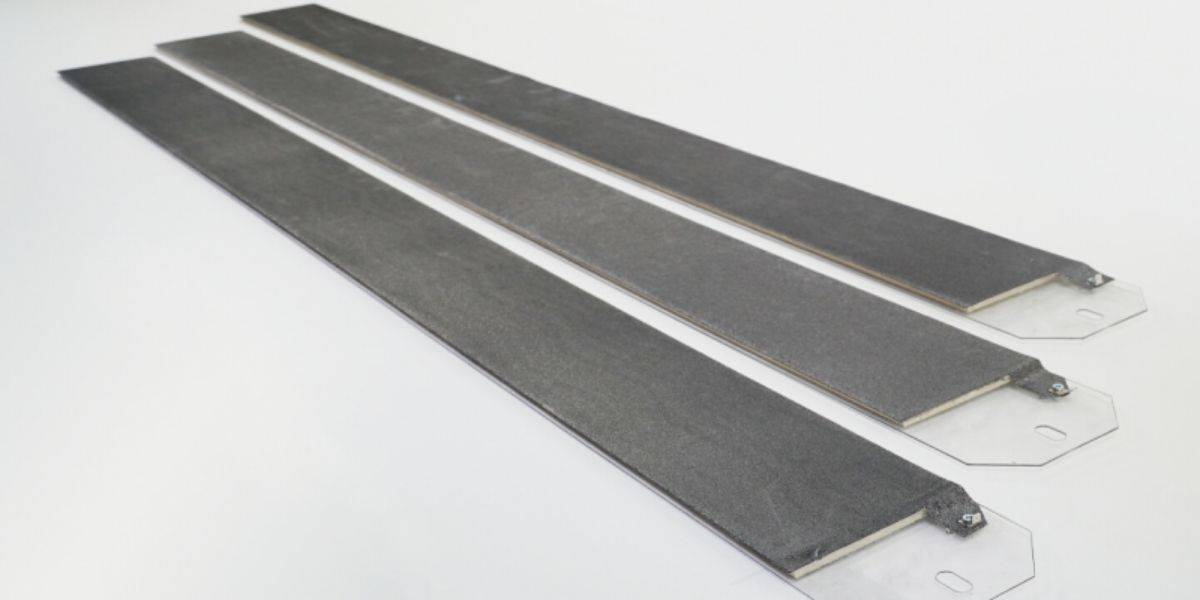
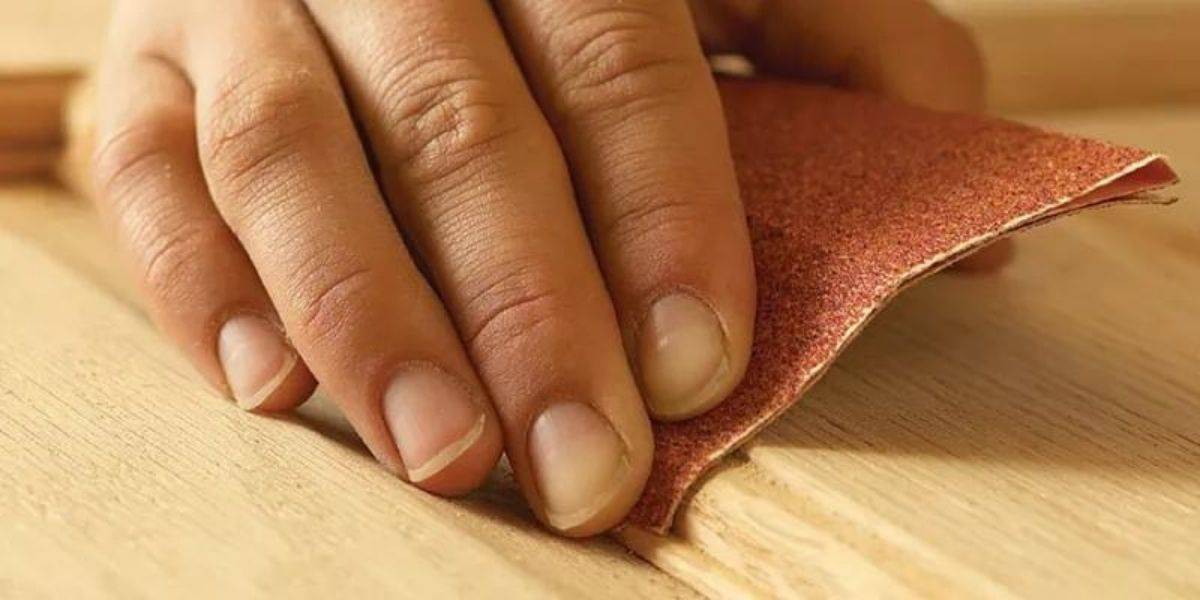
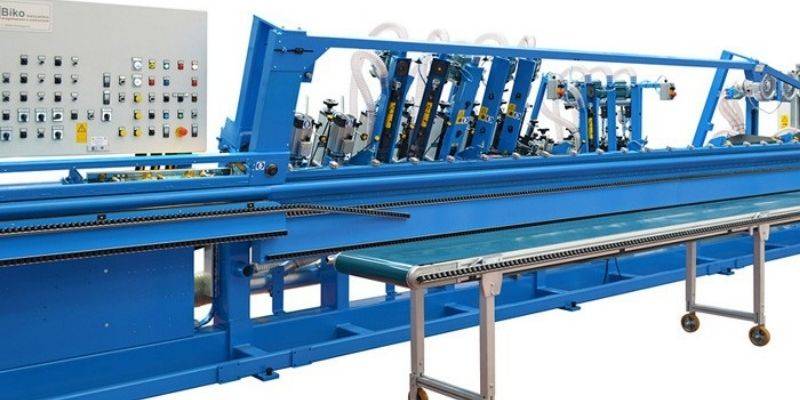
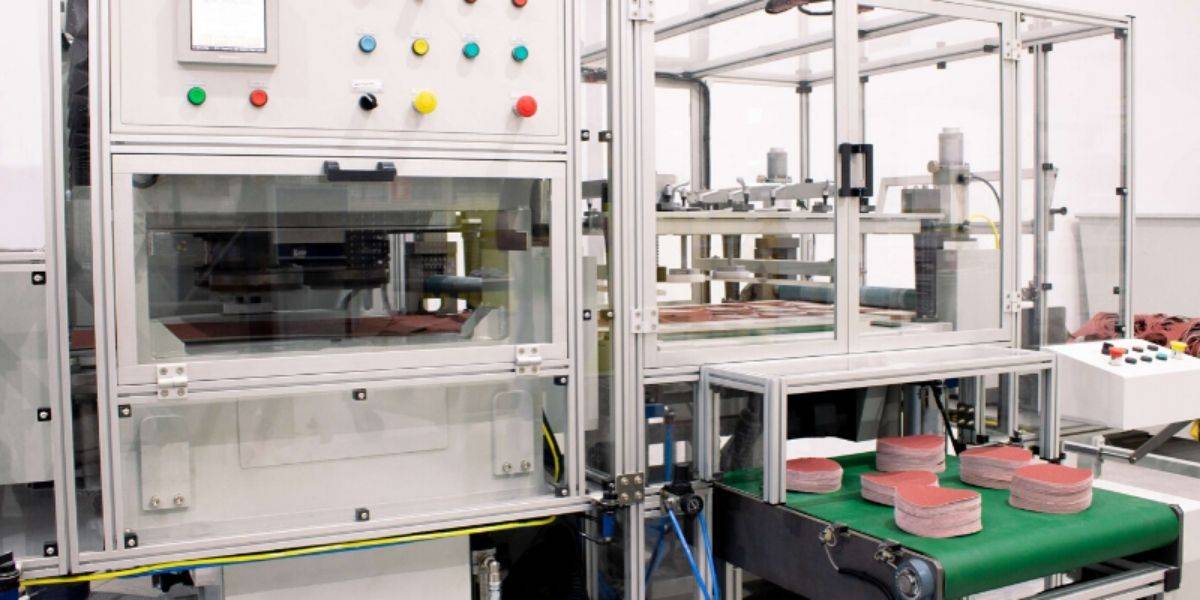
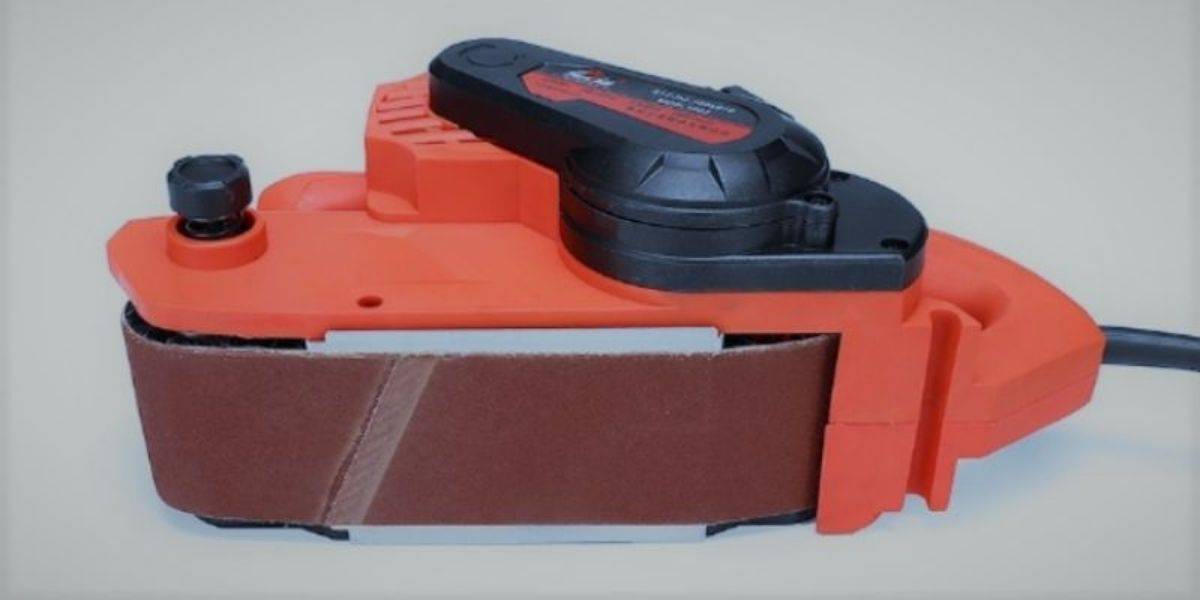
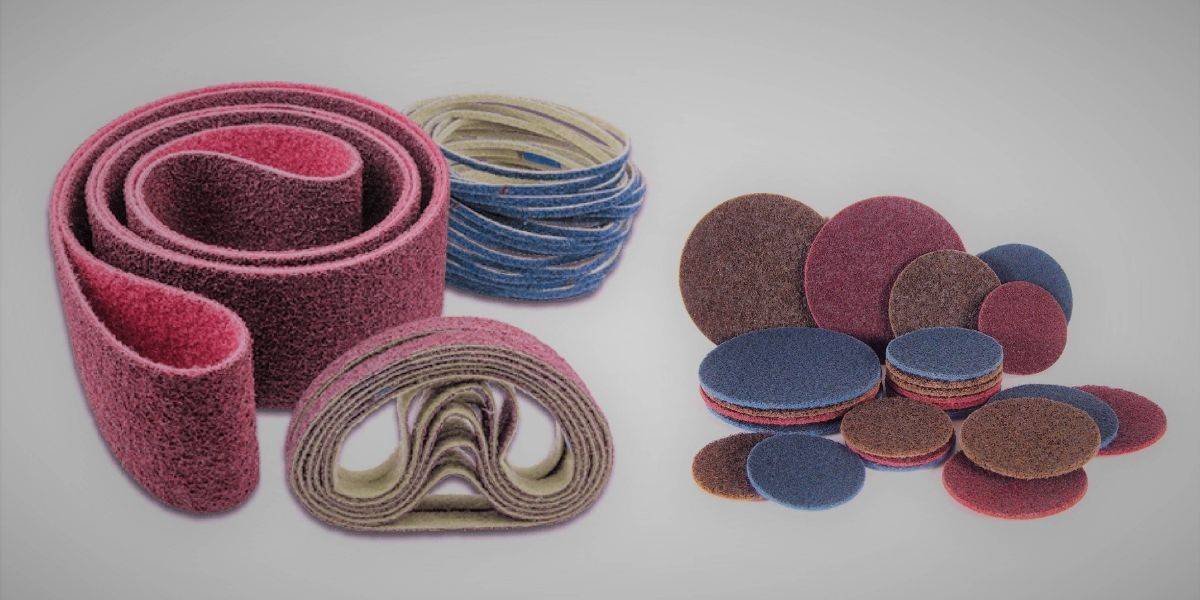
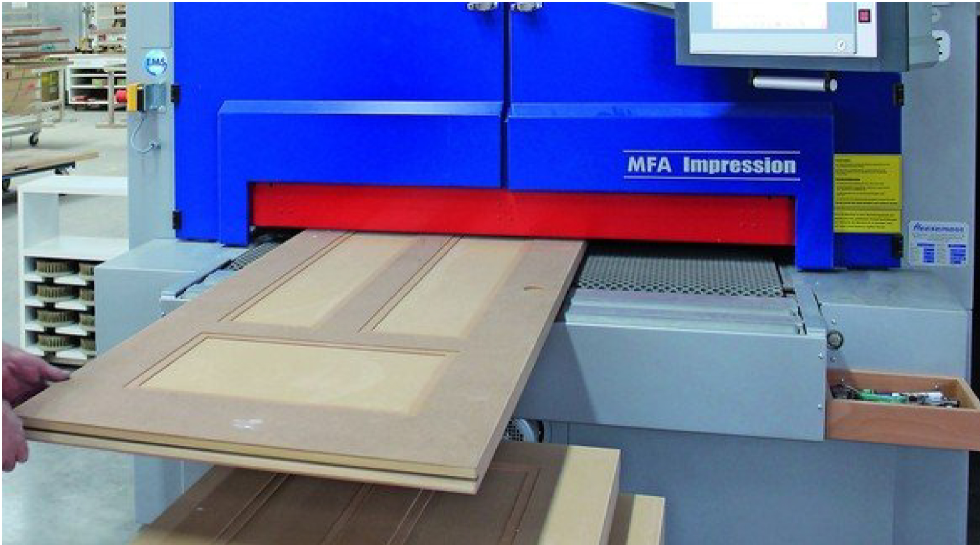

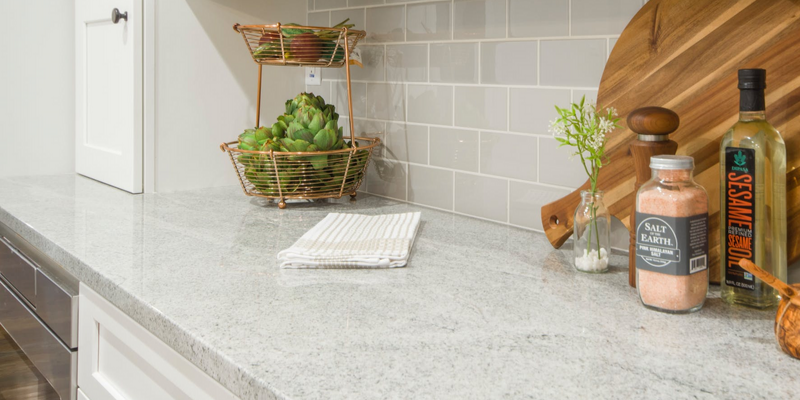
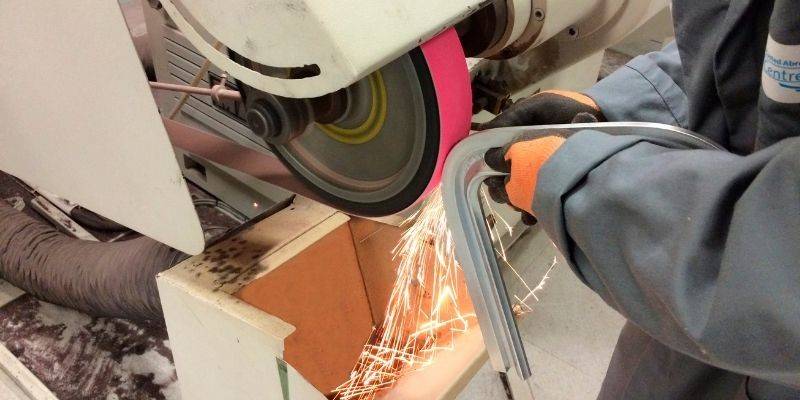
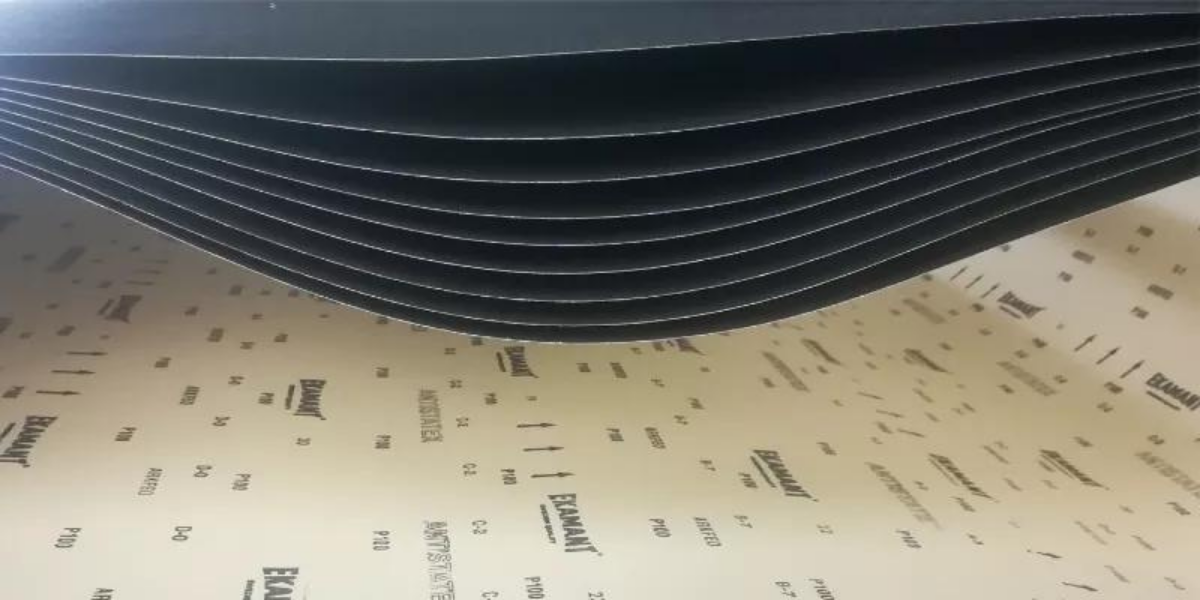
 (1).png)
 (1).png)
.png)
.png)
.png)
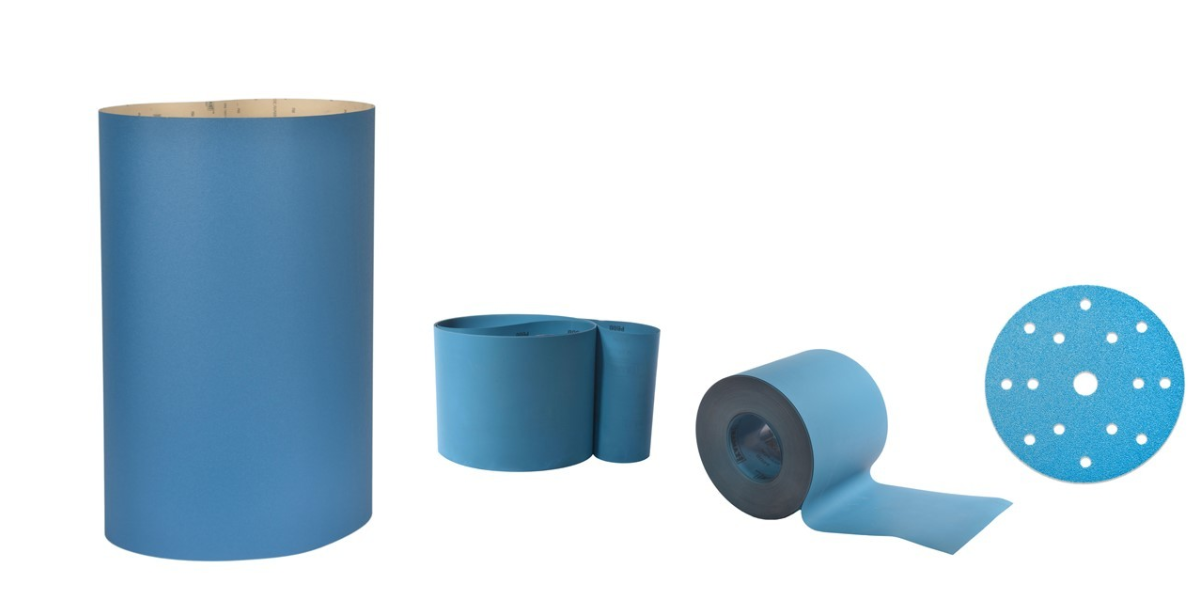
.png)
.png)
.png)
.png)
.png)
.png)
.png)
.png)
.png)
.png)
.png)
.png)
.png)
.jpg)


